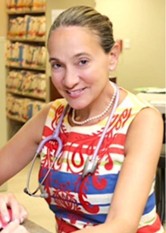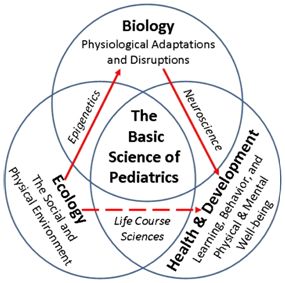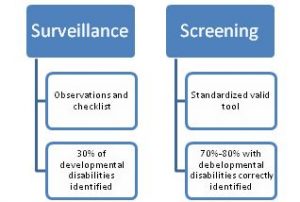This blog post was originally published as an Opinion-Editorial piece in www.lowhud.com.
(Dr. Shetal Shah, MD, FAAP is a neonatologist at Maria Fareri Children’s Hospital. He is NYS AAP Chapter 2 Vice President and Chair of the Legislative Committee. Dr. Heather Brumberg, MD, MPH, FAAP is Director of Regional Neonatal Public Health Programs and Medical Director of the Lower Hudson Valley Perinatal Network. She is NYS AAP Chapter 3 President.)
Influenza has a public relations problem. Though often perceived as a mild inconvenience, this past influenza season, commonly known as “flu,” demonstrated how serious the virus can be, infecting an estimated 34 million people nationwide and killing almost 4,000 this year.
As pediatricians in the neonatal intensive care unit, we cared for several babies whose influenza was so severe they required mechanical ventilators to help them breathe and intravenous medication to help their hearts beat stronger. Our patients survived, but about 150 other children weren’t so fortunate.
With the increased attention this year’s flu season has received, the New York State Legislature is considering a bill (A1230a/S6346) to increase flu vaccination rates in preschoolers – the pediatric population most likely to harbor, and get seriously ill from influenza. The bill would require infants, toddlers and young children who attend certain daycares to obtain an annual flu shot. The measure being considered in Albany, which is similar to existing legislation in New Jersey and Connecticut, is highly effective at protecting kids from flu’s most severe complications. In Connecticut, the regulation reduced flu-associated hospitalization in young children, and in New Jersey, preschool rates of flu immunization increased to 88 percent in the law’s first year.
The numbers from this past flu season define a public health epidemic. In New York State, there were about 120,000 cases of influenza this past season, which doesn’t include additional undiagnosed illness. Almost 12,000 people have been hospitalized and roughly 8,300 children under 5 years old were infected. Eight children in our state died. Fortunately, immunization against flu is an effective and safe means of protecting children from influenza. Even in years when the vaccine doesn’t confer as much protection as it could — this year’s vaccine was about 30 percent effective – it still minimizes the risk of the most severe complications from influenza, including hospitalization and death.
The Centers for Disease Control recommend an annual flu shot for all children and adults with rare exceptions. Immunizing young children is paramount, because their immune systems are inexperienced, not having encountered many flu strains before. These children are therefore more likely to get critically ill from influenza. Children in the close confines of daycare also serve as reservoirs of disease – passing the virus to other young children, siblings, their parents and grandparents.
While preschoolers are roughly one quarter of the child population, they represented almost 40 percent of all pediatric deaths from influenza from 2004-2012. Unfortunately, flu vaccination rates in children are shockingly low compared to other recommended vaccines. In 2014-15, only two thirds of New York’s children received a flu shot, while greater than 90 percent were immunized against Hepatitis B.
Unfortunately, there are opponents who object to any new regulations, seeing scientific-based policies as an infringement of personal choice, combating scientific fact with passion and volume. These arguments were made when sates introduced seat belt laws, which the National Highway Transportation Safety Administration estimates save 10,000 lives annually. They were made when infant car seat rules were introduced, which save 250 babies per year. Bike helmet laws, which reduce head injuries by 40 percent, prohibitions on smoking in airplanes and other vaccination rules have always been initially met with dissent, despite having roots in public health data.
Reinforcing our protection against influenza for children in daycare does not mandate flu vaccination. Parents who choose not to immunize their child have a right to do so. However, this right should not allow them to be in areas where disease can be easily transmitted. This is especially true for a highly infectious disease like flu, which can infect children even before the initial child is sick. It would also prevent passage of disease to children in same daycare who are too young to get vaccinated, like newborns. Parents who disagree with school vaccination requirements have for years chosen to home school there children. Similarly, parents who disagree with these medically-supported proposals can seek alternative child-care arrangements.
Immunization remains one of our country’s greatest public health success stories. Failing to take practical steps to protect toddlers and young children from a highly infectious, potentially serious disease would represent a missed opportunity for New York State.















